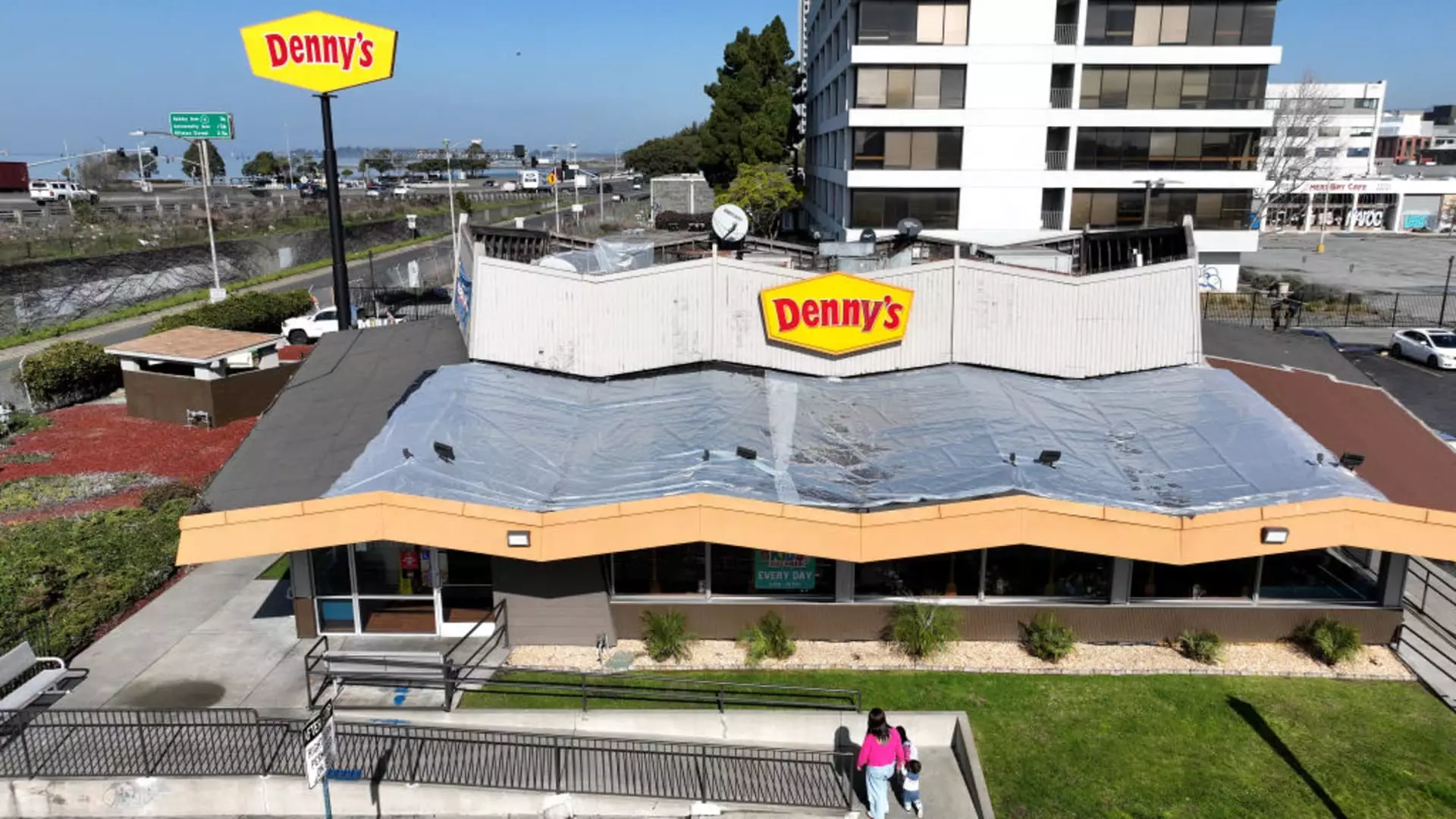The restaurant industry faced unprecedented challenges in 2024, as many chains scrambled to stabilize their operations in response to shifting consumer behaviors and economic pressures. Following a year characterized by economic uncertainties, inflation, and a lingering sense of caution among consumers, the dining scene saw a significant decline in patronage. Restaurants that previously thrived now found themselves under relentless strain, leading to an alarming rise in closures and bankruptcies.
According to Black Box Intelligence’s data, U.S. restaurant traffic languished during the first ten months of 2024, highlighting the growing reluctance of consumers to dine out. With heightened sensitivity to spending due to inflationary factors, many diners began prioritizing value when they chose to eat outside their homes, further crippling an already beleaguered industry. The result was a troubling wave of bankruptcies, with 26 restaurant entities filing for Chapter 11—nearly three times the number recorded during the pandemic’s peak in 2020.
Perhaps the hardest-hit segment has been casual dining, which has struggled to remain relevant amid the explosive growth of fast-casual counterparts. As consumers gravitate towards the convenience and perceived quality offered by chains like Chipotle and Sweetgreen, traditional restaurants are increasingly challenged to capture diners’ attention.
Take Wendy’s, for example. In late October, the iconic burger chain declared its intention to close 140 underperforming locations, adding to 80 closures already executed earlier in the year. This pruning strategy aimed to enhance the overall operational footprint of the company, focusing on maximizing the productivity of its remaining restaurants. Wendy’s CEO Kirk Tanner asserted that despite these closures, the chain expected to maintain its overall unit count by opening new locations by year-end.
Similarly, Dine Brands, which operates Applebee’s and IHOP, announced plans to shutter 25 to 35 Applebee’s locations. This reflects an overarching trend within casual-dining frameworks. Applebee’s has reported a dismal six consecutive quarters of declining same-store sales, with the net number of locations declining significantly as the company grapples with the modern dining landscape. The chain has seen a slow erosion of its market position as diners pivot toward more appealing dining options.
The financial distress within the restaurant sector has precipitated an unsettling wave of bankruptcies and closures, which continued to reverberate through the industry. Denny’s, another notable player, has resorted to closing around 50 locations with plans for an additional 100 closures by late 2025. The rationale is to see improved same-store sales and annual volumes, particularly from units that have historically underperformed.
In November, TGI Fridays joined the growing list of establishments filing for bankruptcy protection, having previously shut 86 restaurants to combat declining performance. The situation became especially dire, as a bankruptcy court in Texas deliberated TGI Fridays’ future and potential further closures loomed. This uncertainty has created a broader sense of instability across the casual dining landscape.
Meanwhile, Red Lobster experienced a severe contraction, permanently shuttering over 120 restaurants throughout the year. Following its Chapter 11 filing in May, the chain closed approximately 100 locations before rejecting leases for an additional 23. As it seeks a path toward recovery under new management and ownership, the focus now turns to revitalization rather than expansion.
In the face of these adversities, it is clear that surviving companies are adapting their strategies to enhance viability. Fast-casual chain Noodles & Company announced its decision to close around 20 locations after carefully reassessing its footprint. This review is part of a larger initiative aimed at improving operational efficiency and menu relevance. Although such restructuring efforts may prove beneficial in the long run, immediate sales challenges remain, as indicated by a reported 3.3% drop in same-store sales.
Bloomin’ Brands, which oversees several restaurant concepts including Outback Steakhouse, implemented a closure strategy focusing on underperforming locations. By shuttering 41 restaurants, primarily those with aging leases, the company hopes to realign its focus on more profitable establishments, though U.S. same-store sales remained stagnant.
As the restaurant industry navigates these turbulent waters, the future remains uncertain. Consumer behavior has unquestionably shifted, and chains that fail to innovate or adapt to these changes may find themselves in precarious positions. Although 2024 has been a year riddled with challenges, it has also prompted a reevaluation of operational strategies that may ultimately lead to a more sustainable and competitive dining landscape. The path to recovery will be arduous, but for those who can pivot and respond to the evolving market dynamics, there is potential for resurgence in the coming years.

